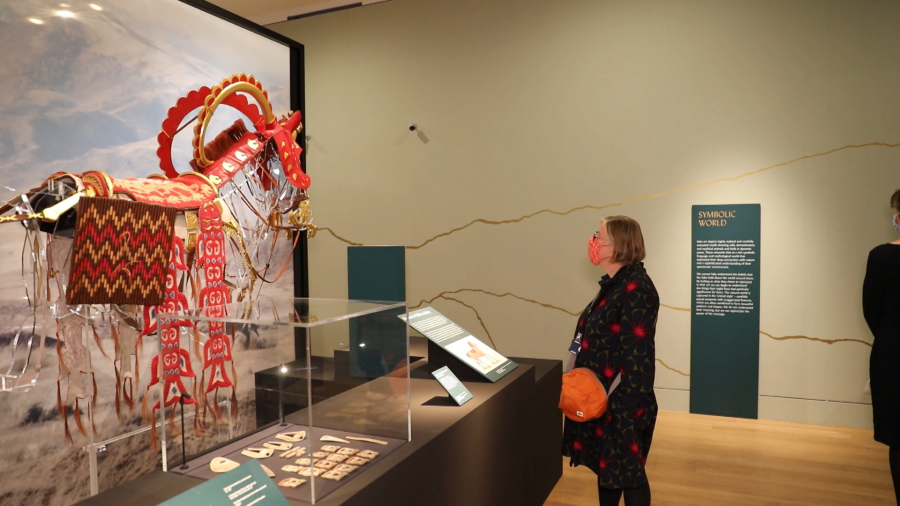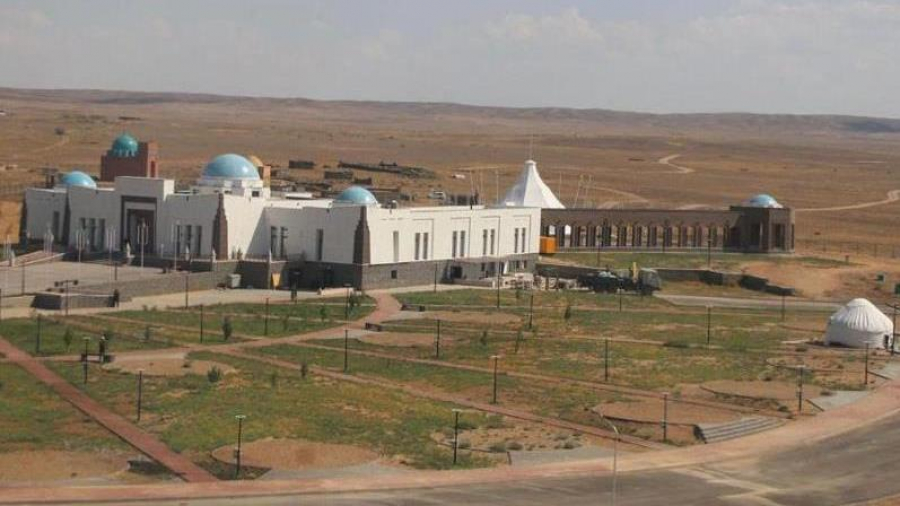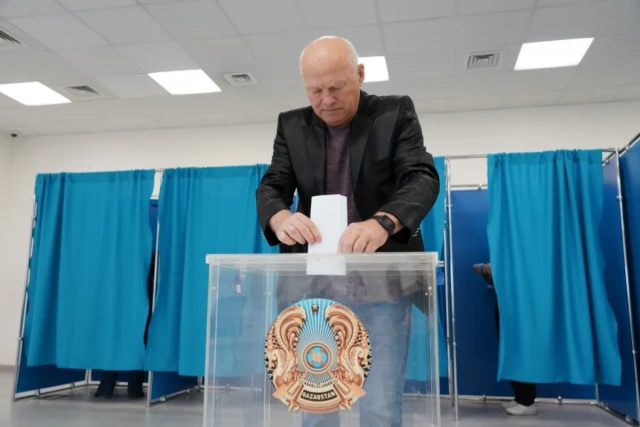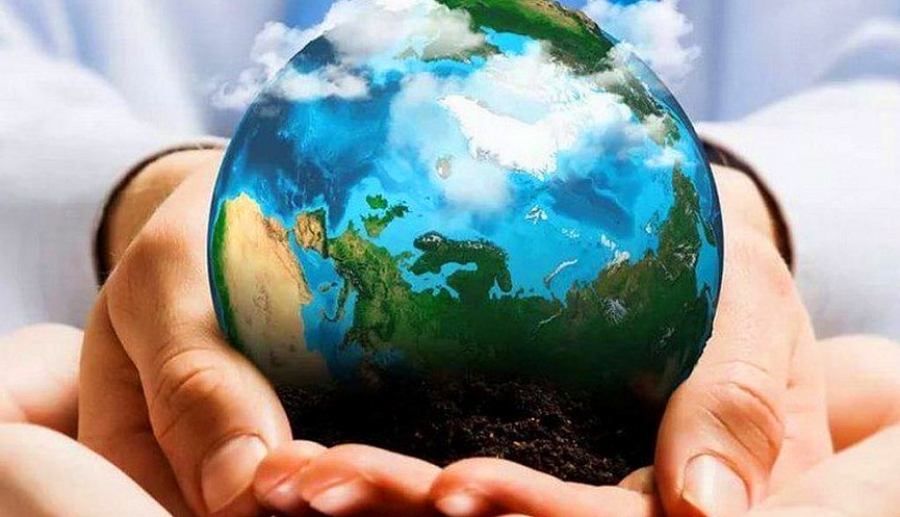
An exhibition dedicated to the 30th anniversary of Kazakhstan’s independence entitled ‘Gold of the Great Steppe’ opened in the Fitzwilliam Museum in Cambridge, the United Kingdom. It displays unique exhibits of Scythian civilization and finds from the Saka burial mounds. These are the tribes that dominated in Central Asia from the eighth to third centuries B.C., in particular, in the Altai Mountains on the territory of modern Kazakhstan. Visitors will also be presented with about a hundred archaeological finds from three different burial grounds. These are the famous Berel, Shilikti and Yeleke Sazy. One of the most valuable exhibits is the ‘Golden Man’, the closes of which consist of 15,000 pieces of gold.
“This is a really extraordinary opportunity to show Britain and indeed the world a culture that’s only just beginning to emerge. And I think it’s an extraordinary moment to be able to rewrite a history of the world because of this material that’s coming out of the ground now. And even in the most recent months. So what’s exciting to be able to do in Cambridge is to be able to show not just the works themselves but also the archaeological process and expertise that is happening in Kazakhstan,” said Luke Syson, the director of Fitzwilliam Museum.
Kazakh archaeologists together with their British counterparts are currently studying the artifacts found in the mounds. Scientists from the McDonald Institute for Archaeological Research at the University of Cambridge are uncovering the secrets of unique finds using state-of-the-art technology.
“We will be doing microanalysis. We have very powerful microscopes through which we will be able to see what technologies were used and find out how such things were made,” said Rebecca Roberts, exhibition curator.
It is the first time when such unique gold artifacts are presented in Europe. The British media have already called them an ‘international archaeological sensation’. The exhibition will run until January 30 next year.
Translation by Assem Zhanmukhanova
Editing by Saule Mukhamejanova









